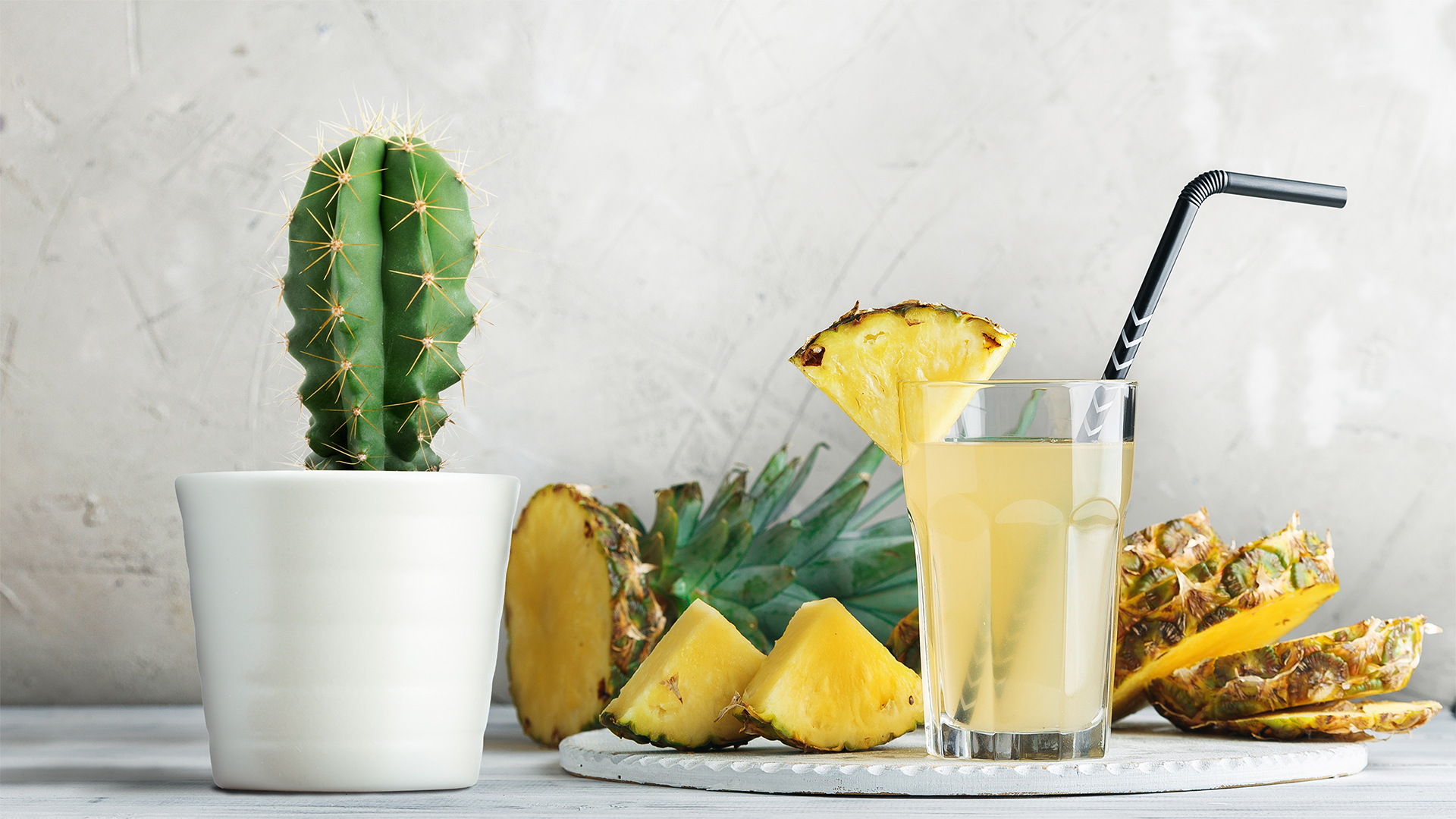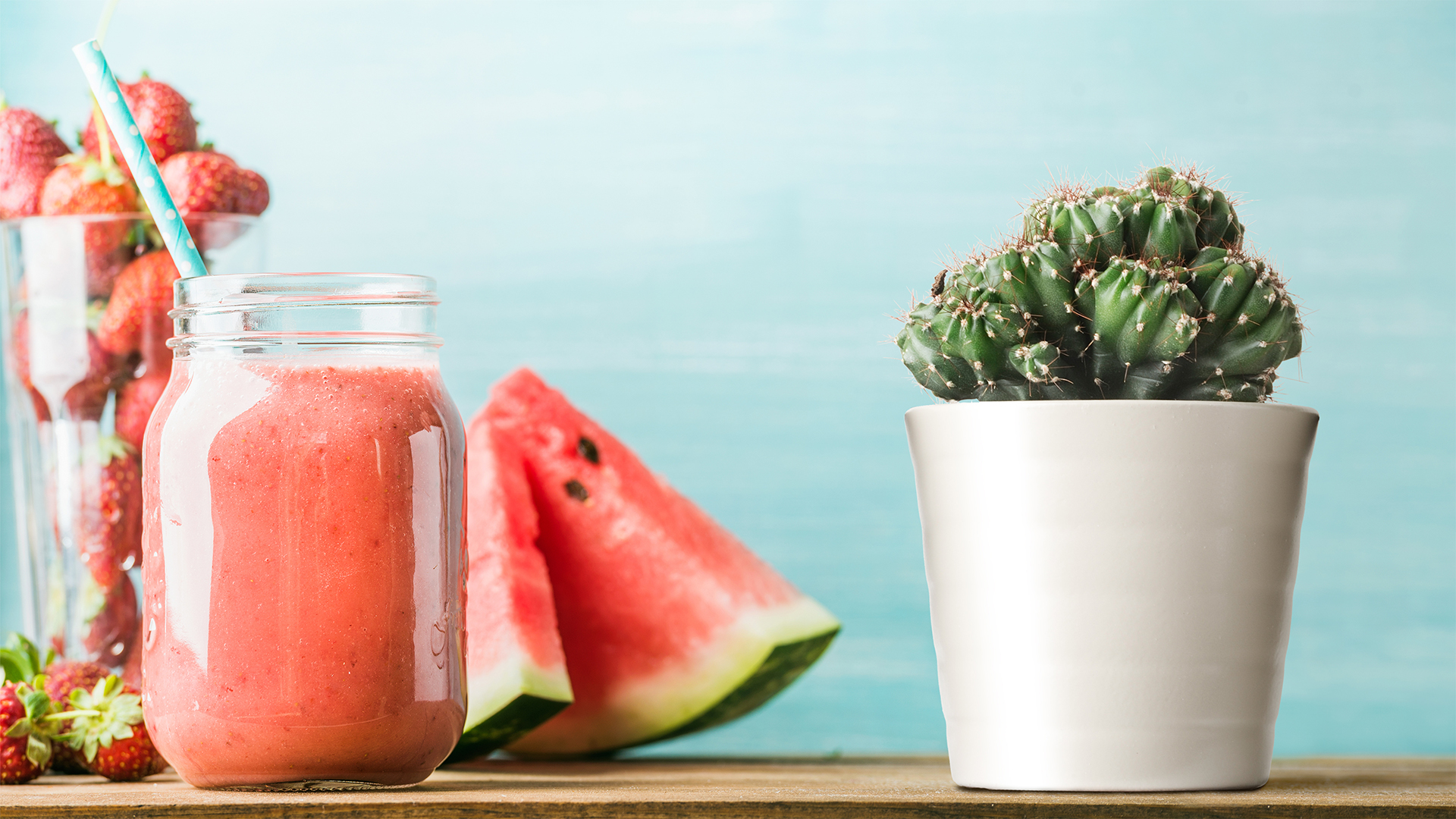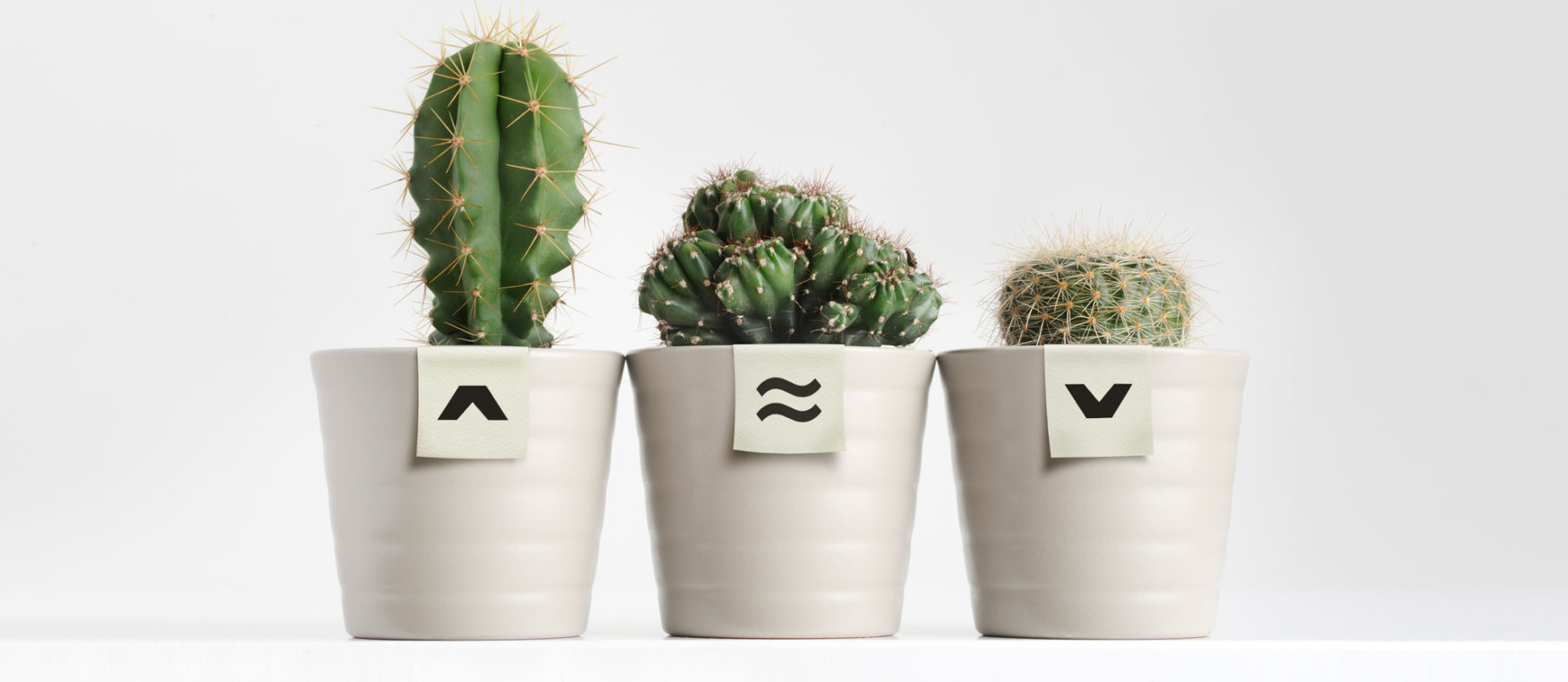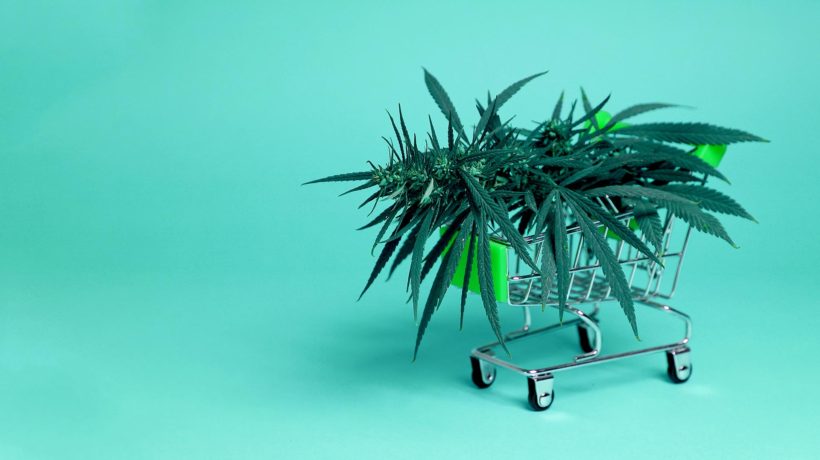Walking into a dispensary for the first time can be overwhelming. But the process can be quite enjoyable, like a weekend trip to a farmer’s market to see what’s in season, what specials they have, or what rare or uncommon items they brought in that day.
Dispensaries want to have a similar experience, and very well could. But in order to get the most of out of your visit you have to first be able to answer the ubiquitous question: “Sativa, hybrid, or indica?”
To anyone with experience in the space, the question seems so common how could anyone walk to a dispensary without knowing the answer? But to those new to the process and looking to explore, we’re about to give you everything you need to know to identify and confidently state what you want every time you take a gander at what your dispensary has to offer.
What is a sativa, hybrid, or indica?
Sativa
This type of strain will produce a more lively, invigorating high with uplifting cerebral effects.
Pairs well with: social occasions and creative activities.
Indica
This strain produces a more physically sedated feeling, great for unwinding and relaxing.
Pairs well with: movie nights or downtime
Hybrid
These cross-bred strains produce a spectrum of feelings, most strongly associated with their “parent strains,” indica or sativa.
Pairs well with: getting out of bed—or not
No matter what method of consumption you choose, the product will likely have one of these three categories on its label. Most often, these classifications are used to indicate the type of cannabis plant the strain comes from and the effects it may have on an individual consuming it.
While these terms have been used for years to classify types of cannabis and their effects, scientists are quickly discovering it’s more complicated. There are many factors that can contribute to the characteristics of a cannabis strain, such as cannabinoid and terpene content, as well as even biochemistry of the individual consuming it.
Scientists are constantly reevaluating how to classify cannabis, and have only just begun to receive the resources they need to study each aspect of the plant.
And, although scientists are proving more accurate ways to identify cannabis differences, none of them have replaced the mainstream classifications of sativa, hybrid, and indica (known as SHI).
These three categories seem to be permanent mainstays and understanding these terms will help you discover which strain is best for you (and make your dispensary experience as enjoyable as it can be).

Sativas: fruity, floral, and cerebral
While the SHI system usually refers to the predicted effects of a strain, the terms are rooted in plant genetics.
Indica and sativa strains come from two types of cannabis plants: Cannabis Sativa and Cannabis Indica.
Originally found in Europe and Eurasia, the Cannabis Sativa plant is tall, with narrow leaves and longer flowering cycles. It grows best in warm climates with a longer season. The flavor and aroma of the flower itself is likely to be lighter, fruitier and sweeter than indica strains (a general rule of thumb, but there are always exceptions).
You might remember old references to happy and sleepy strains. While it is much more complex than that, you can assume “happy” cannabis refers to a Sativa-dominant strain.
Sativa strains are best for those looking for an energetic, cerebral high that inspires and delights. Others refer to the high you get from sativa strains as a “head high,” to describe the euphoric buzz.
Because of its uplifting and invigorating qualities, sativa strains tend to be more likely to aid depression, ADHD, and creativity. Sativa is the creative genius of the group.
Popular Sativa Strains:
- Green Crack
- Jack Herer
- Lemon Haze
- Super Silver Haze
- Strawberry Cough
- Chocolope

Indicas: calm & collected cannabis
The “sleepy” dwarf of the two, indica strains are come from the plant Cannabis Indica, originally found in India.
The plant is short and bush-like, with large leaves and quicker flowering cycles than sativa plants. Its growth is best suited for colder climates with shorter seasons. The taste and aroma of the flower are often considered more natural than the fruity and sweet sativas, which adds a level of earthy umami to the experience.
The “Netflix and chill” of cannabis, indica strains deliver relaxing effects that can help with insomnia, anxiety, and chronic physical pain. People refer to indica strains as a powerful “body-high,” where even a small dose will wash over you like a wave of intense calm.
Indica effects are probably the ones most associated with cannabis culture. Indicas, for instance, are most likely to give you munchies, which can help disordered eating. The strain can also have a sedative effect contributing to “couch-lock,” a side effect that makes you perfectly content to stay where you are.
For these reasons, indica strains are best enjoyed as a bedtime aid or during a free day with zero responsibilities.
Popular Indica Strains:
- Bubba Kush
- OG Kush
- Platinum OG
- Grand Daddy Purple
- Northern Lights

Hybrids: From George Mendel to sunset sherbet
George Mendel published Experiments on Plant Hybridization in 1865, showcasing his work with hybrid peapods and solidifying himself as the father of modern genetics, and also on the forefront of horticultural techniques and advancements.
Cannabis is no exception to his historical findings.
Recently, there’s been a switch in how budtenders and publications refer to “sativa” and “indica.”
Rather than going with the regular one-or-the-other binary, budtenders now refer to strains as “sativa-dominant” and “indica-dominant.”
That’s because, after years of a thriving cannabis industry, hybridization (in attempts to find each grower’s unique and marketable strand) has resulted in most strains having elements of both types to some degree.
There are no specifics when it comes to characterizing the “hybrid” plant because hybrids are varied genetic combinations of sativa and indica plants. Its flavor and aroma depend on its parent strains.
Despite this, the three classifications remain the most popular way to determine which strain is right for you, with the “hybrid” category referring to the strains that most approximate a 50:50 ratio. You can expect the effects to be a mix of both strain’s benefits.
It is best suited for those who would like to feel effects in both the head and the body, without feeling the extremes of either category, such as anxiety or couch lock. For beginners who don’t quite know what they are looking for, a low-potency hybrid is a good place to start.
Popular Hybrid Strains:
- Blue Dream
- Girl Scout Cookies
- Chemdawg
- Headband
- Lemon Kush
- Sunset Sherbert
As we mentioned before, scientists are finding more accurate ways of predicting the effects strains through cannabinoid content and terpene content. However, sativa, hybrid and indica categories remain the most popular way of distinguishing cannabis strains from each other in mainstream culture.
For this reason, it’s best to think of these categories as cultural definitions rather than scientific truths. While these terms may help, the truth is that when it comes to cannabis, the effects of each strain are just as varied as the people consuming it.
Keep in mind dosage is also important, as how much of whatever strain you ingest will certainly affect what you feel after consumption.
If you’re new to cannabis, start small and work your way up. If you’re more experienced, try exploring other ways to incorporate cannabis into your life. Take a look at new methods of cooking, brewing and aging wine and beer, or how to rethink parties and social settings to help imbue the benefits of the flower into your everyday life.



